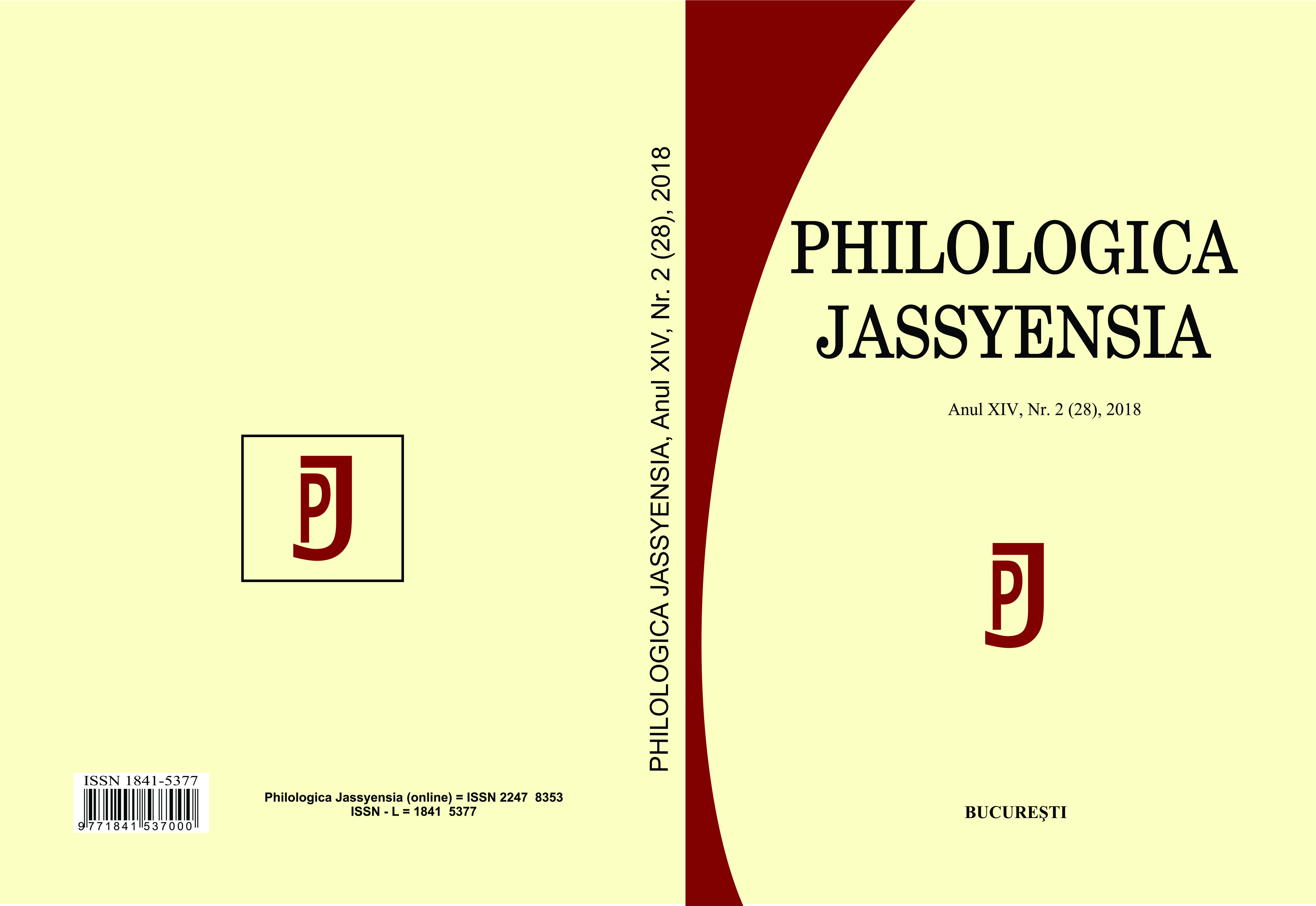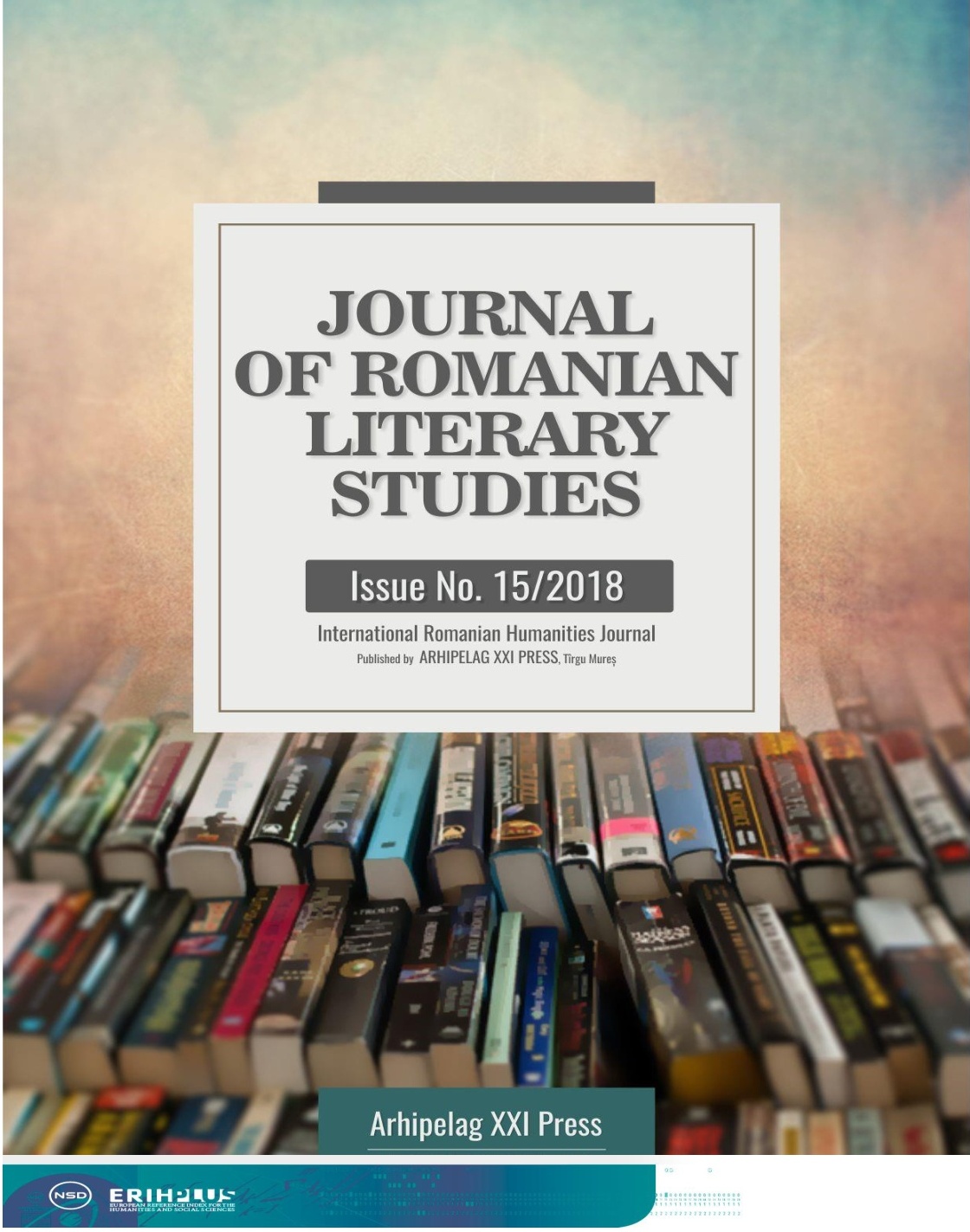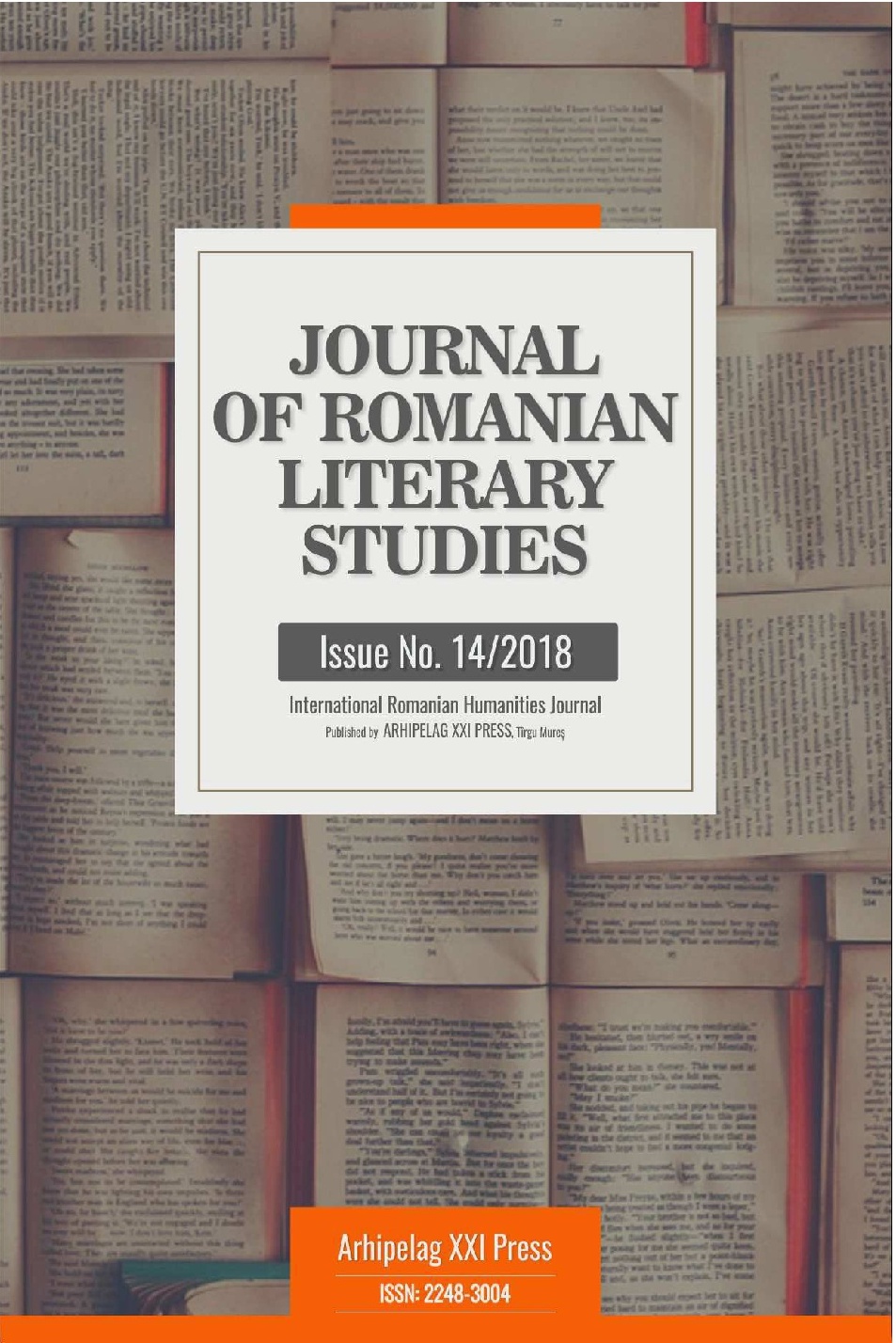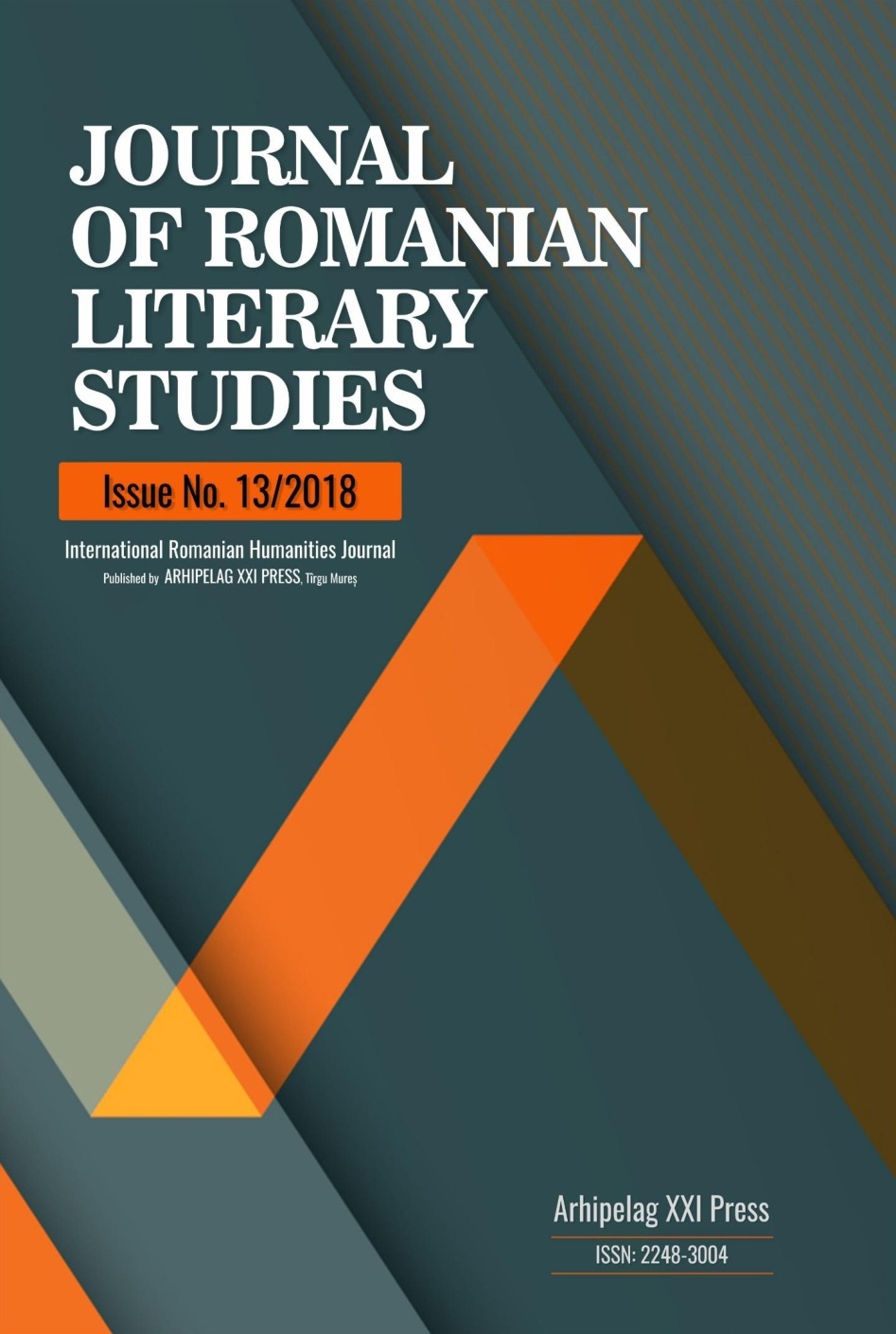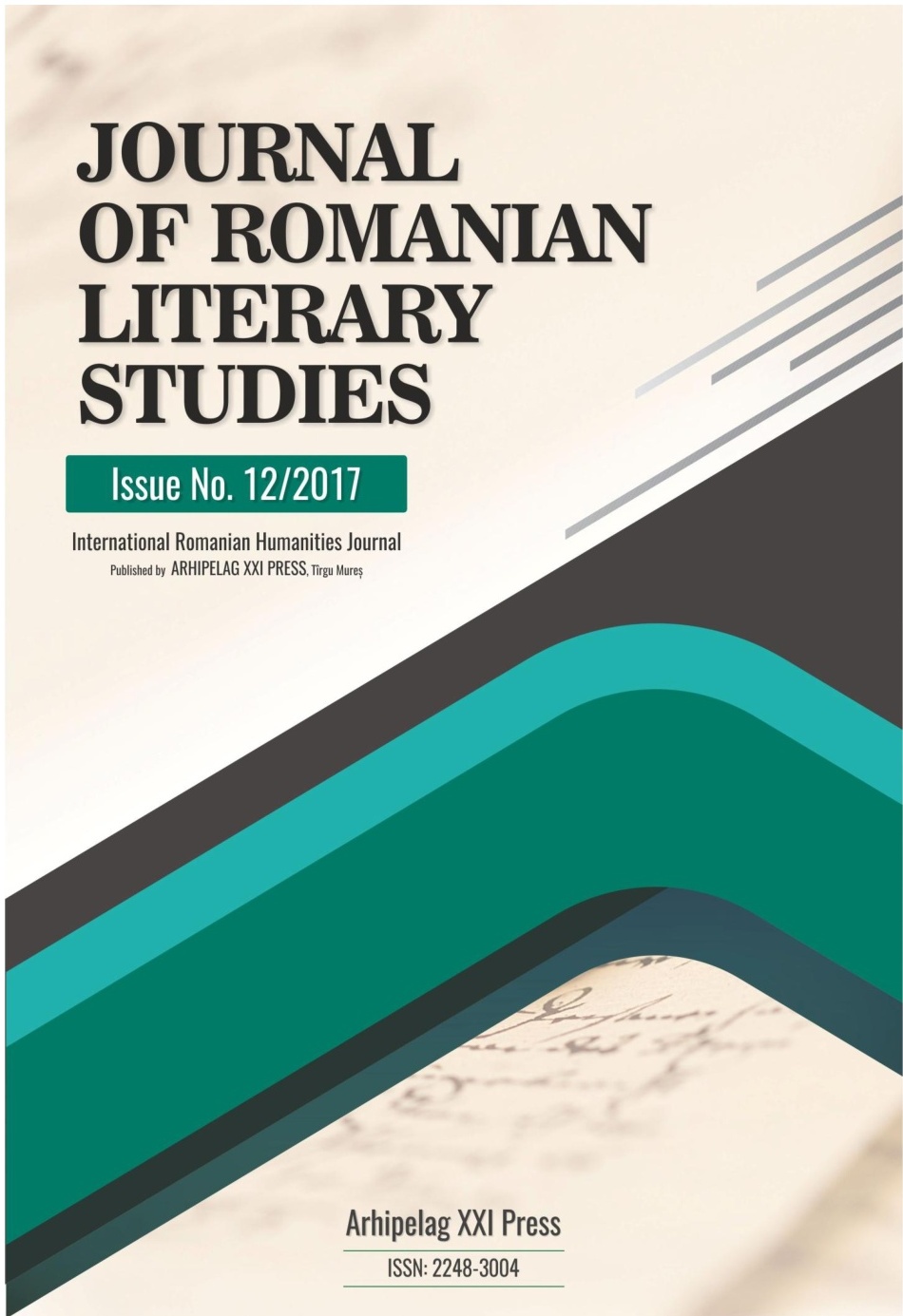Author(s): Ion Popescu Brădiceni / Language(s): Romanian
Issue: 13/2018
In Lucian Blaga's vision, the Eden myth is a permanent of Romanian literature, thus his attitude is to assure its continuity and at the same time its discontinuity: that qualitative rupture, revolutionary, produced by the adhering to the formula of expressionist lyric. That is why creation is and will be a continuous search for the first age, of loneliness and his lull, a solemn return to the powers of the beginning. There is always the reinvestment of aspiration to reduce the convention of language, the lier with magical functions, according to which the restoration of the golden age could be possible, especially when the decisive function of the Eros intervenes in Blaga's mythology. The reinvented Eros in human beings will always have a regenerating role and constitutes a factor of the Ego's transfiguration . Thus, in Lucian Balga's conception , lyrical poetry is Paradise. The poet, a searcher of self, rediscovers Ŕ inside him Ŕ his ontological heaven, under the form of pure art. The special duration of Blaga's poetry is the hardness of fable, a dream of humanity, aspiring to become scriptural reality. The poetic merit of Lucian Blaga is that he would have strayed the exclusive interest in the facts of conscience into the direction of organic life and of the ancestral subconscious and that he recalled to life the irrational of the popular ethos though poetic scholarship , also reclaiming his right to tackle the lyrical problem, of searching for God. His poetry, in its entirety includes, thus, in divergent ways, the modern preoccupation for life's illogical and irrational hidden meanings, but also the just as modern metaphysical unrest, anticipating trans-modernity and the new paradigm of trans-modernism on Romanian soil.
More...

